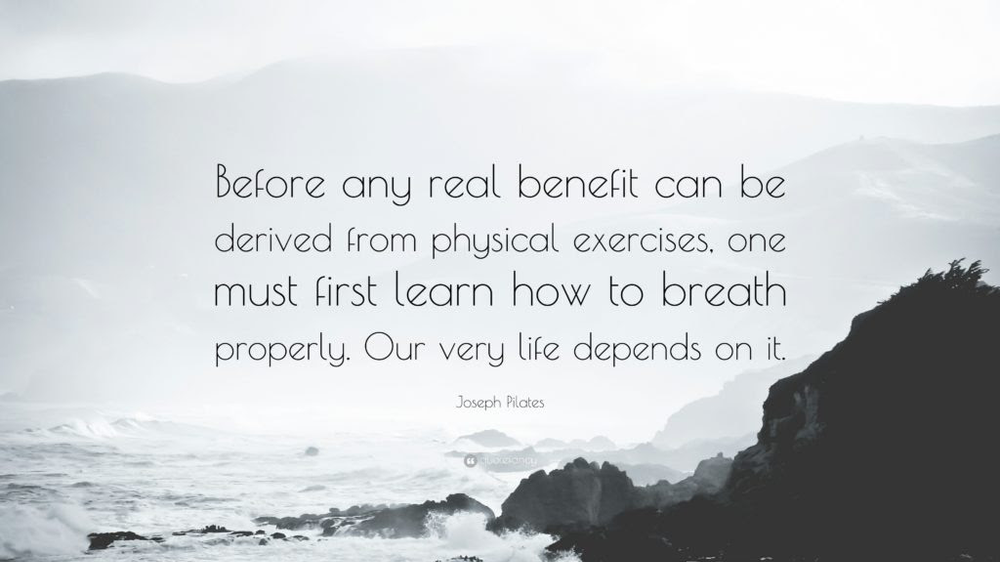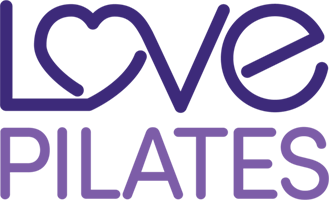The Pilates Principle of Breath
I’ve recently had a couple of clients who have greatly benefited from Pilates breathing exercises. In fact, I believe we all benefit from proper breathing, and breathing was a focus of Joseph Pilates. Breath is one of the 6 fundamental Principles of Pilates. Coordinating inhalation and exhalation with exercise is crucial to effective Pilates work.
In his book Return to Life Through Contrology, Joseph Pilates wrote, “Breathing is the first act of life and the last. Our very life depends on it… above all, learn how to breathe correctly.”
Pilates understood the importance of proper breathing and how it helps cleanse the body by oxygenating the blood while removing toxins. Pilates referred to proper breathing as the “inner shower” that cleanses the body, clears the mind and energizes the spirit. Proper breathing will help control movement both during exercise and in everyday life. Breathing helps achieve inner focus, and lies at the source of the Pilates Method.
Breathing assists in the recruitment of muscle groups during exercise. For instance, since the abdominal muscles are recruited during exhalation, exhaling during abdominal work, or flexion exercises, will maximize muscle recruitment. Inhalation, on the other hand, will most likely recruit the muscles of the opposite movement, or trunk extension.
Abdominal muscle contraction typically needs to be maintained during a Pilates exercise, even during inhalation. This can of course be challenging. That’s why when practicing Pilates we use lateral, or costal breathing. This means that we expand the ribcage laterally (to the sides) and posteriorly (to the back) when inhaling, allowing the continued contraction of the abdominal muscles. You may hear cues like “expand the rib cage as you inhale” or “breathe into the space between the shoulder blades” to encourage this type of breathing.
Proper breathing: oxygenates the blood and nourishes the muscles, gets rid of toxins, improves circulation and skin tone, calms the mind and body, aids with concentration, helps establish a rhythm for movement, and assists with muscle activation.
So, how can you incorporate breathing exercises into your routine?
- Sit in a comfortable position, without your back leaning against anything.
- For feedback, you can wrap a theraband around your lower rib cage and hold it snug (to feel the expansion of your rib cage as you breathe).
- Begin by taking a few deep breaths, allowing your shoulders to rise up to your ears on the inhale, and fall back into place on the exhale.
- Then, leaving shoulders down, begin to breathe, inhaling for a count of 4 and exhaling for a count of 4. Your breath should cause your rib cage to expand side to side as you breathe into the sides and back of the rib cage (you can feel your rib cage stretch the theraband if you’re using one).
- Experiment with breathing just into the right side, then just into the left side, then just into the back of the rib cage, expanding the space between the shoulder blades.
- Inhale and exhale slowly as you count to 4 with each inhale or exhale.
Breathing can be practiced at any time, anywhere! Explore the benefits of proper and effective breathing, and let me know what benefits you notice.
With Love,
~Dena


